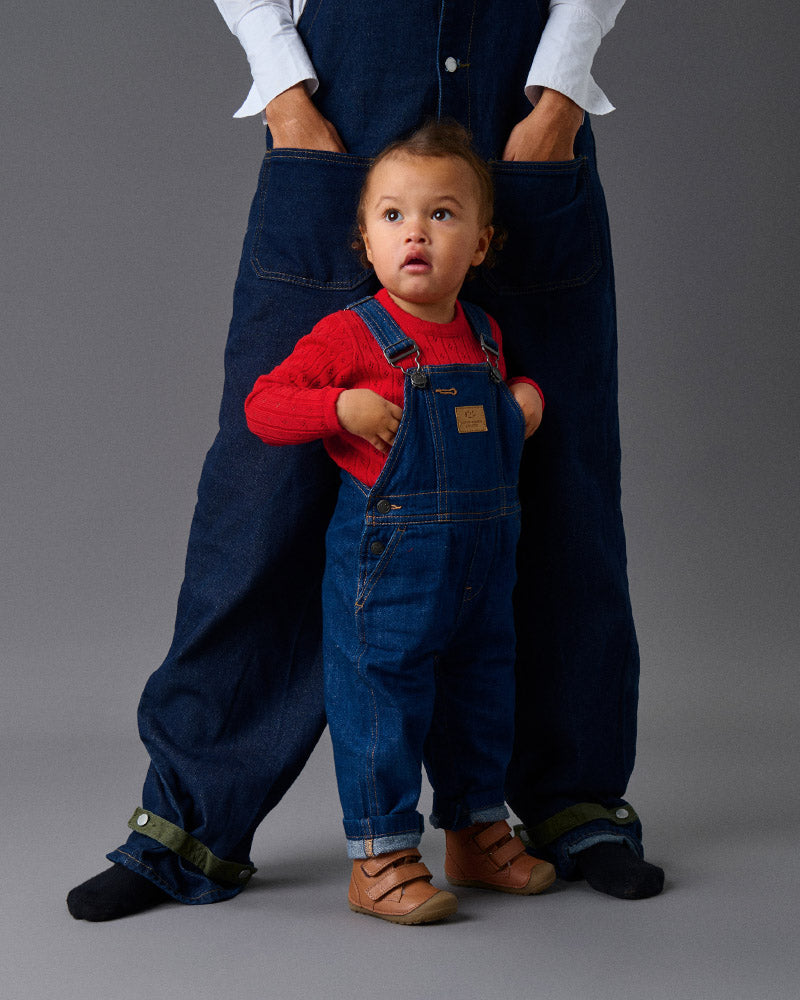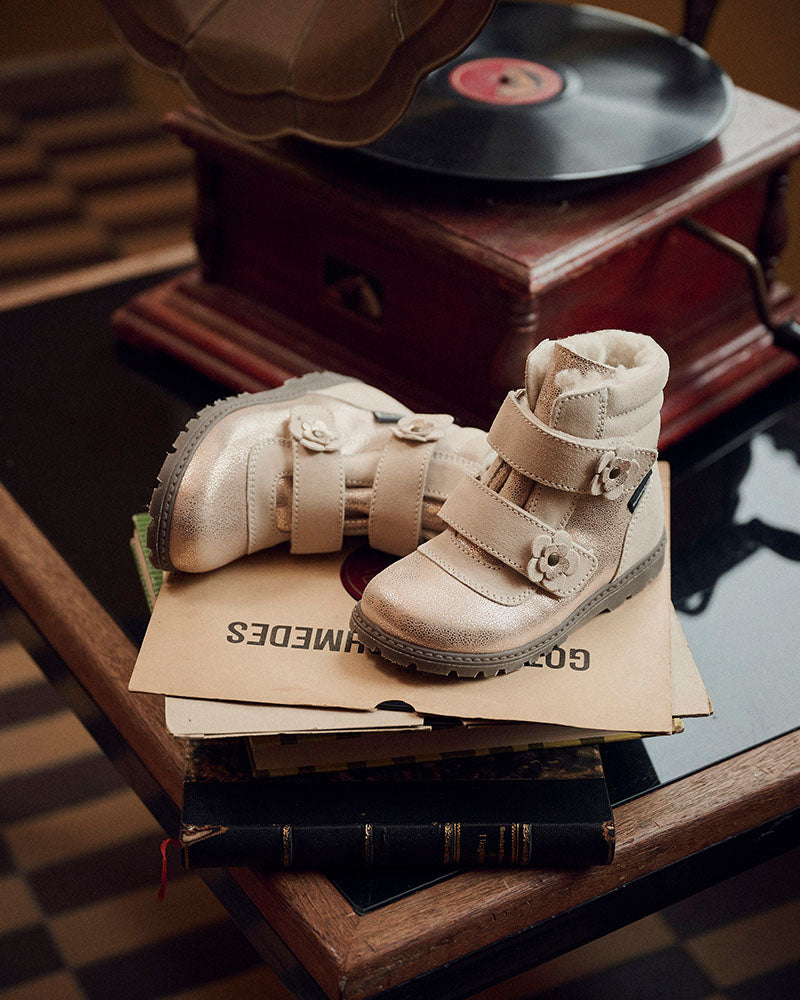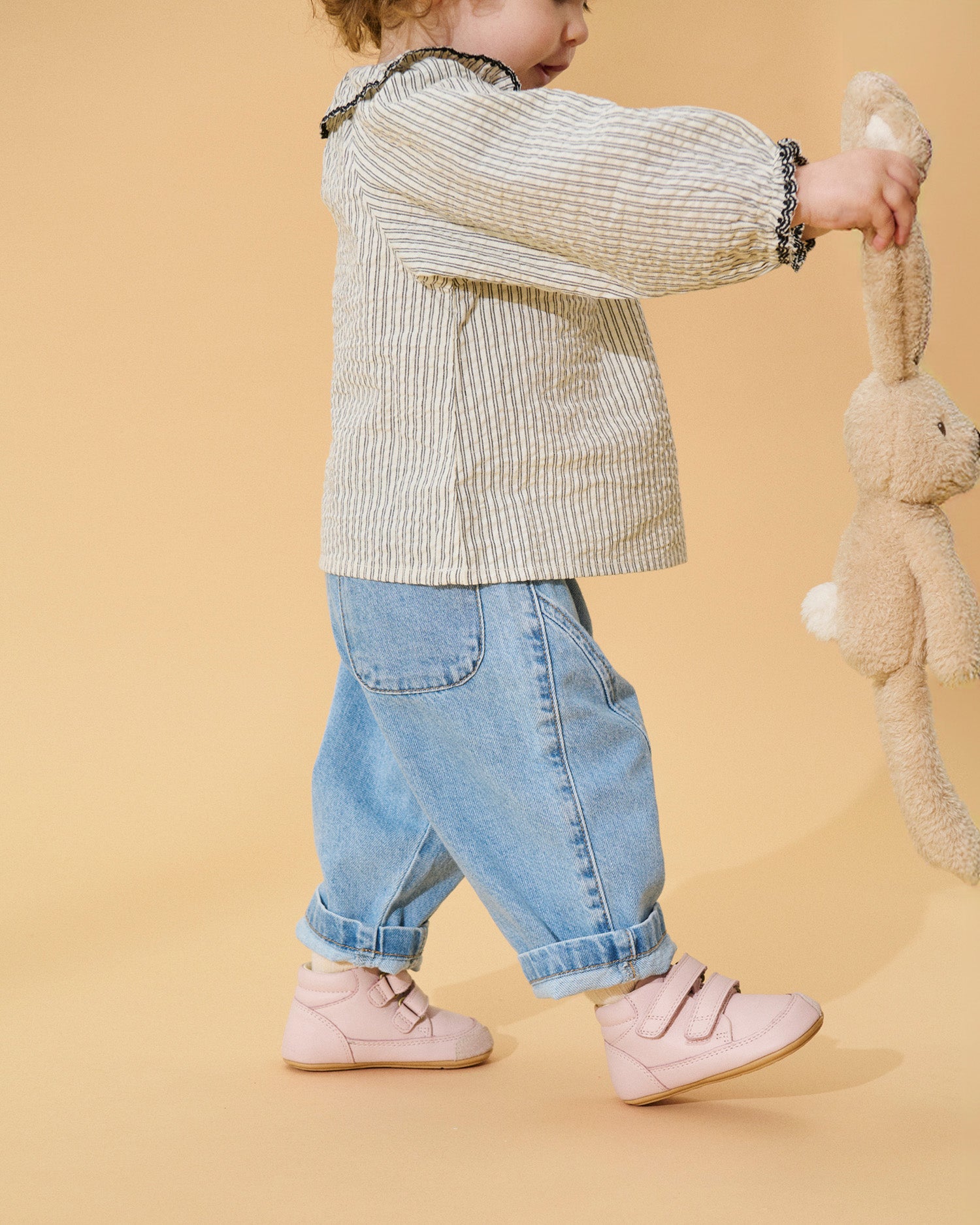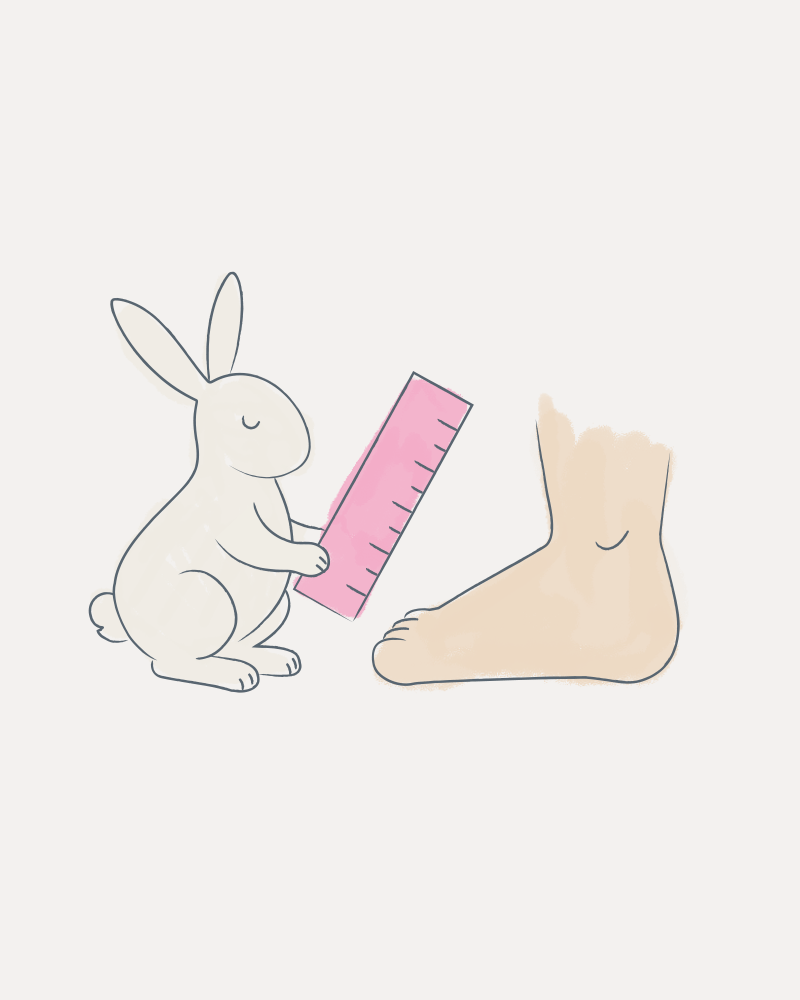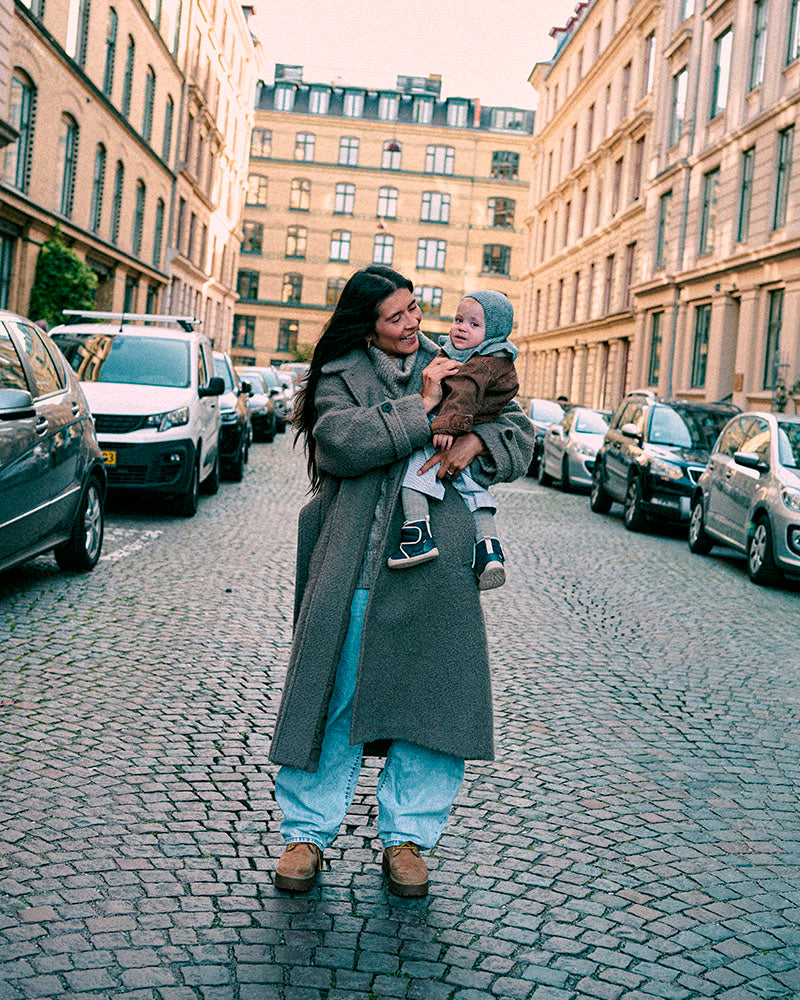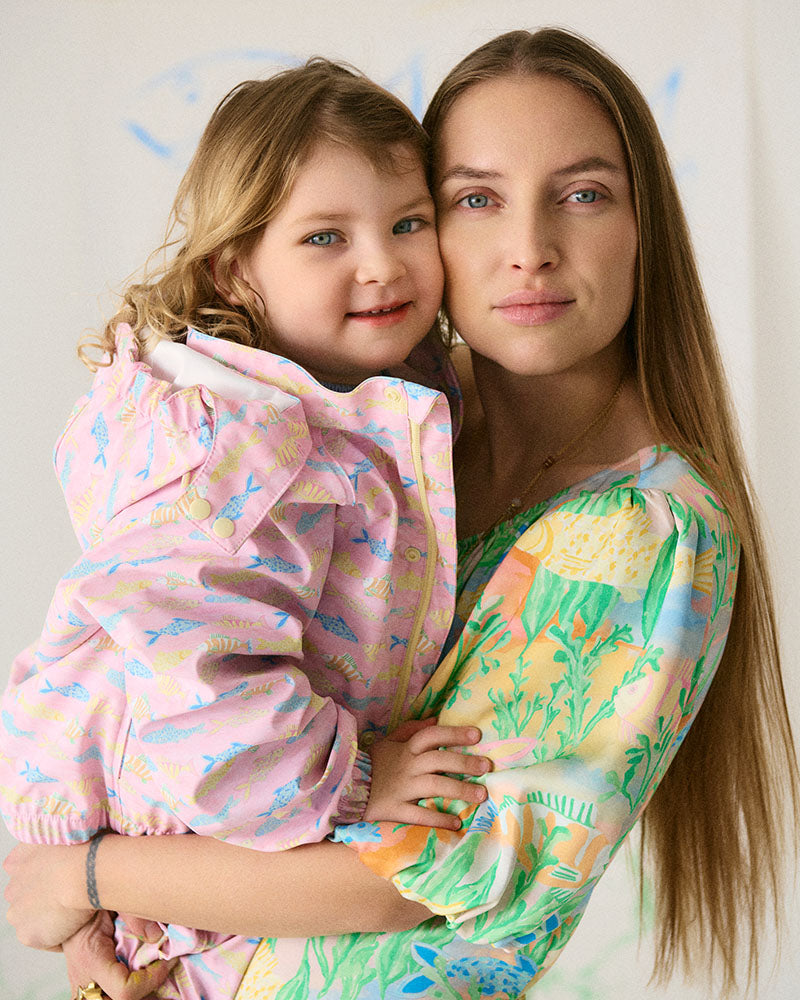Common sense and healthy feet
Most children are born with two healthy and naturally shaped feet. The feet will form the basis for a long, healthy and active life and therefore it is crucial that both the child and the feet get the best possible start so that they can develop naturally.
As parents, we often worry about whether our children are doing well and thriving in everyday life. Children in motion often have higher self-esteem, they thrive better and have an easier time with the learning process as movement strengthens cognitive development. But having an active child requires the right conditions, including the right choice of footwear.
Feet need space and freedom of movement, so when we choose to put shoes on our feet, we also need to make sure they are the right size.
The best conditions
Children are best off barefoot and shouldn't wear footwear until they need it. When your child starts to show interest in standing up and can take a few steps with support, you can put on a prewalker.
Bundgaard prewalkers move naturally with your child's foot, providing better slip resistance and protecting the foot from the ground. We recommend using a prewalker for a few hours at a time so your child can get used to wearing shoes.
Your child should not wear a permanent shoe until they have balance and can run, for example.

Did you know that:
The foot is not fully developed until the age of 16.
A fully developed foot consists of 26 bones, 33 joints, 19 muscles, 10 tendons and 107 ligaments.
A child's foot consists primarily of cartilage and fat pads for the first few years before the foot develops.
The development of the arch of the foot begins around the age of 2.
Before the nervous system is developed, the child cannot feel if the shoe hurts, pinches or is too big
Active play and movement is the best exercise for children's feet
The feet are often the most ticklish part of the body
The skin on the heel is the thickest layer of skin on the entire body
